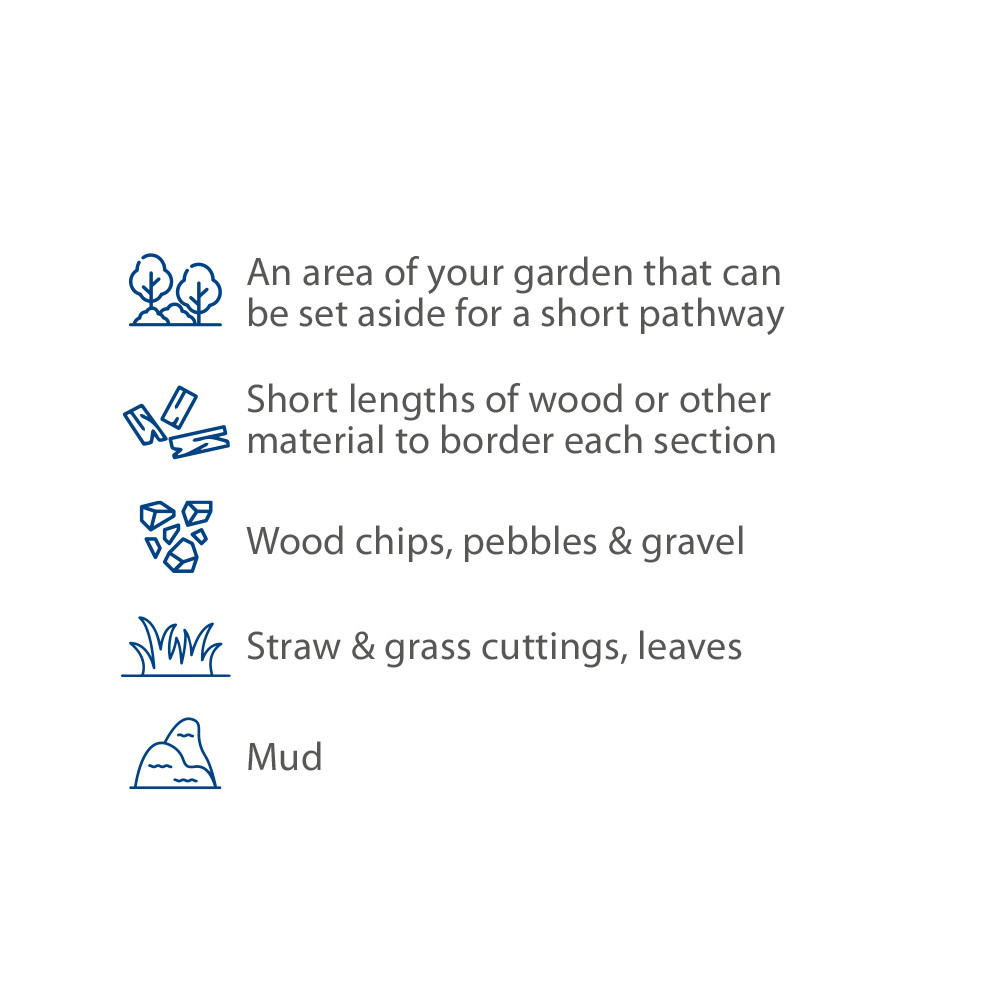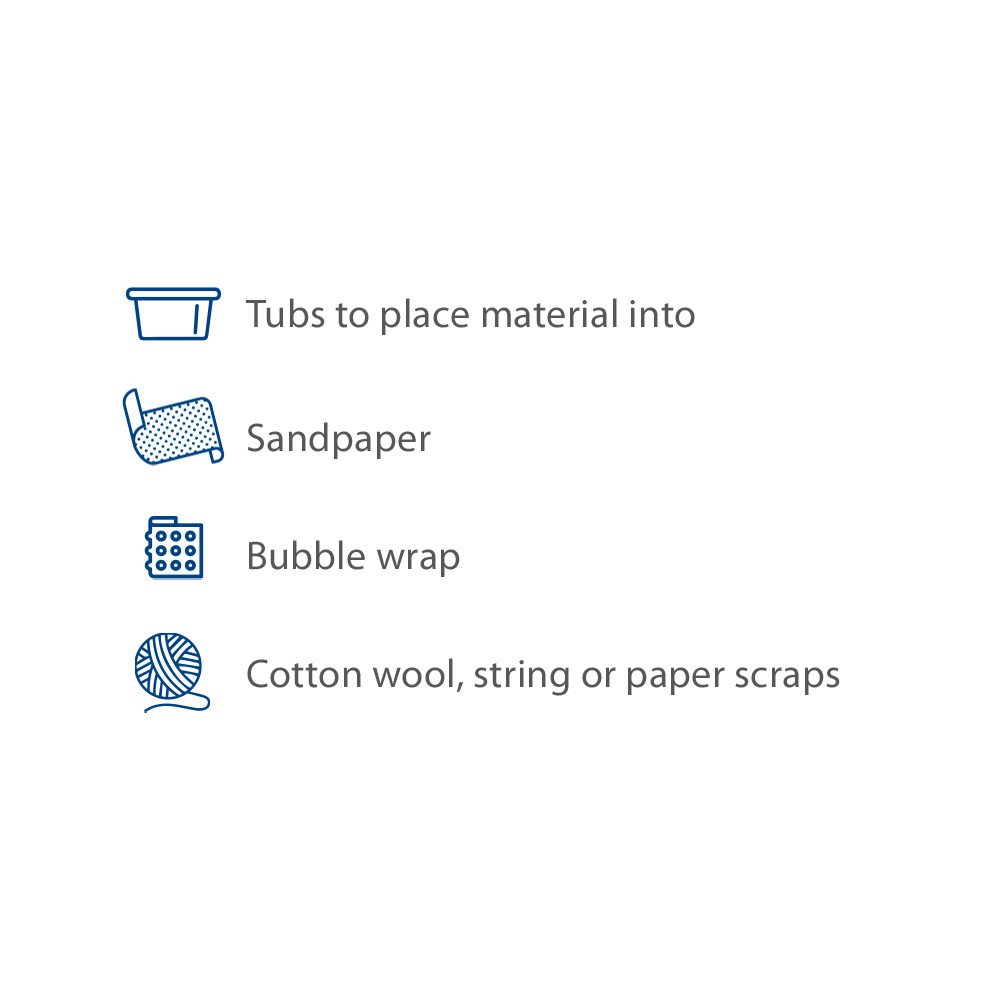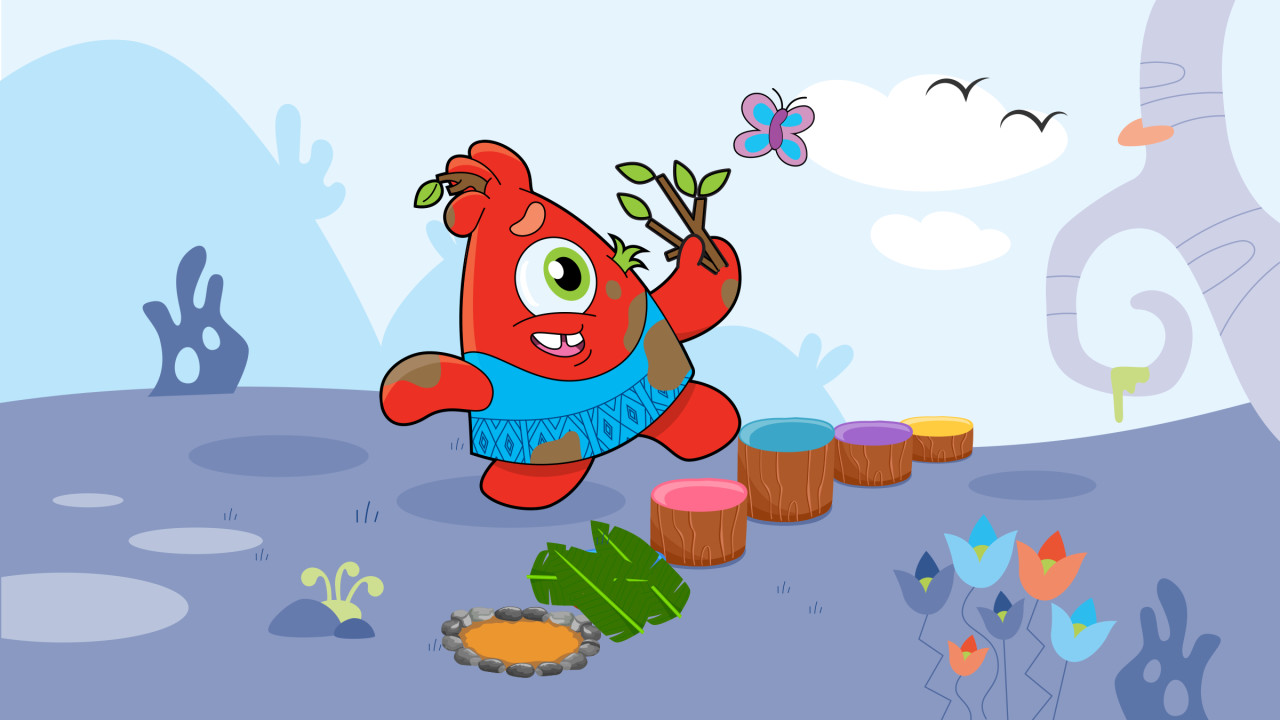At OMO, we believe that every stain represents an important experience - mud stains are the stamp of adventure, grass stains are the sign of exploration and fruit stains are the aftermath of discovery. Encourage your kids to get messy with our fun activities for happy, healthy, confident kids. We'll be there to sort out the dirty clothes afterwards.
Sensory Path
An exciting and stimulating outdoor activity path to enjoy every day or add to challenges.
What you’ll need:

What to do:
You can make this path as long or as short as you like. Mark out an area for the pathway and use your borders to create stepping spaces. Make sure that these are not too far apart for little legs. Into each ‘stepping stone’ space, place a different material: wood chips, grass cuttings, gravel etc. Don’t use materials that could hurt your child but do try to have different kinds of things that might be a bit uncomfortable to step on, like gravel, or soft, like straw or grass cuttings. If you use mud, make this the last stepping stone, so that the mud doesn’t get tracked into the other spaces.
Your child can help you to build this pathway, depending on their age and ability, and you can use this opportunity to talk about the different sensations they think they will feel with each type of material.
When the path is complete, have your child walk or hop along it and describe each sensation as they go. You can use the path to play hopping games and sometimes change the materials to explore different sensations. Ask your child which are their favourite stepping-stones, and which are their least favourite, and why.
Alternative Materials:

Change it up:
Make it easy: Make the path short and let your child walk along it and describe sensations.
Make it a challenge: Make the path longer. Blindfold your child and lead them along the path, asking them to guess what each material is.
Play with Friends: Friends can lead each other along the path or play hopscotch by calling out a material and a hopskip combination their partner must use to get to it.
Indoor play: You can use plastic tubs or trays to keep the materials in, or use more indoor-friendly sensations, like sandpaper, bubble wrap, cotton wool and so on. Enjoy gathering different materials with your child and talking about what they might feel like under the feet.
Developmental areas:
Gross motor skills
Imagination
Problem solving
Values instilled
Curiosity; love of nature; communication; empathy.


